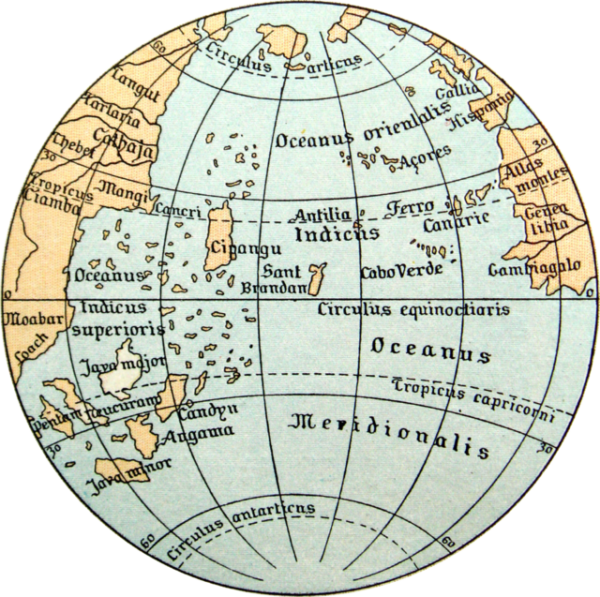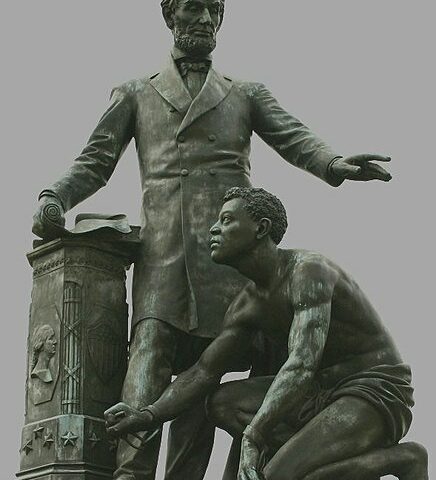On June 3, 1492, Martin Behaim, a German textile merchant and cartographer, presented to an audience in Nuremberg something that few had never seen before: a globe.
Calling it The Erdapfel, which translates to “earth apple,” Behaim carefully managed the construction of the globe and served as a spokesman for the work.
Atlas Obscura notes that “Behaim may get the credit, but it actually took a number of artisans to complete the project. Unsurprisingly, the Erdapfel’s construction is a fair bit more elegant than the cardboard globes of today. It’s made of hardened strips of linen that were formed around a clay ball and then pulled away. These delicate halves were then joined around a wooden frame.
The map art on the surface of the globe took a small team to complete. Foremost among them was the artist Georg Glockendon who, along with the painter Hans Storch, did the actual illustration work. Later, a scribe came in to add some 2,000 place names.
Behaim led the construction and provided the cartographic information that informed the illustrations. He took his vision of the world from a number of sources, ranging from the historic geography of Ptolemy to the explorations of Marco Polo. While the globe turned out to be quite beautiful as an object d’art, its accuracy as a geographic instrument was out of date even in 1492.
The Erdapfel is covered in a cornucopia of beautiful little illustrative details, including over 100 miniature objects and figures. These include flags; saints; kings on their thrones; animals such as elephants, camels, and parrots; fantastic beasts such as a sea-serpent and a mermaid; and boats that share the seas with painted fish.”
Today The Erdapfel is preserved in the Germanisches Nationalmuseum in Nuremberg where it has been kept for over a century.






